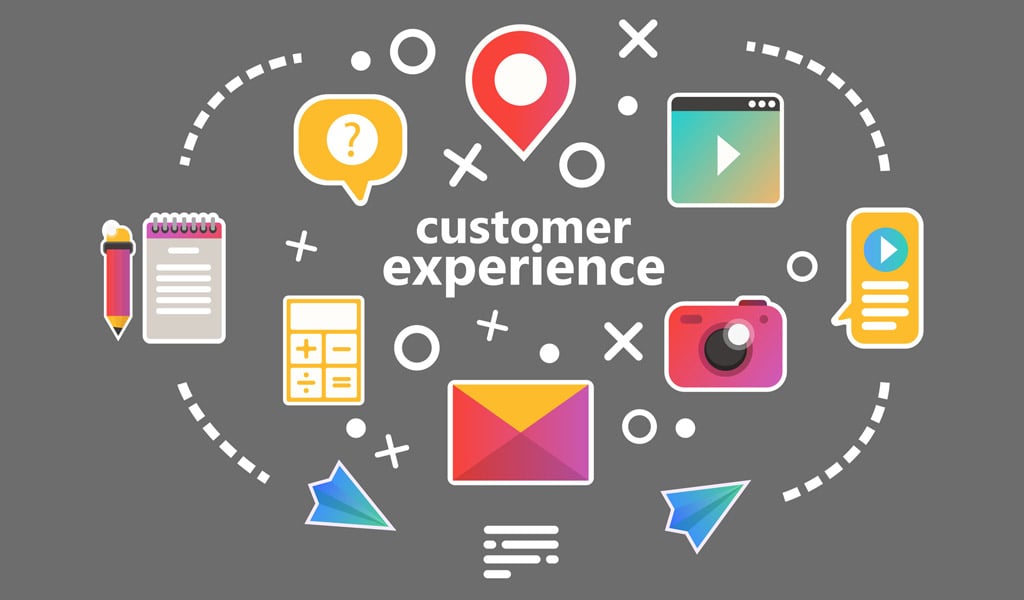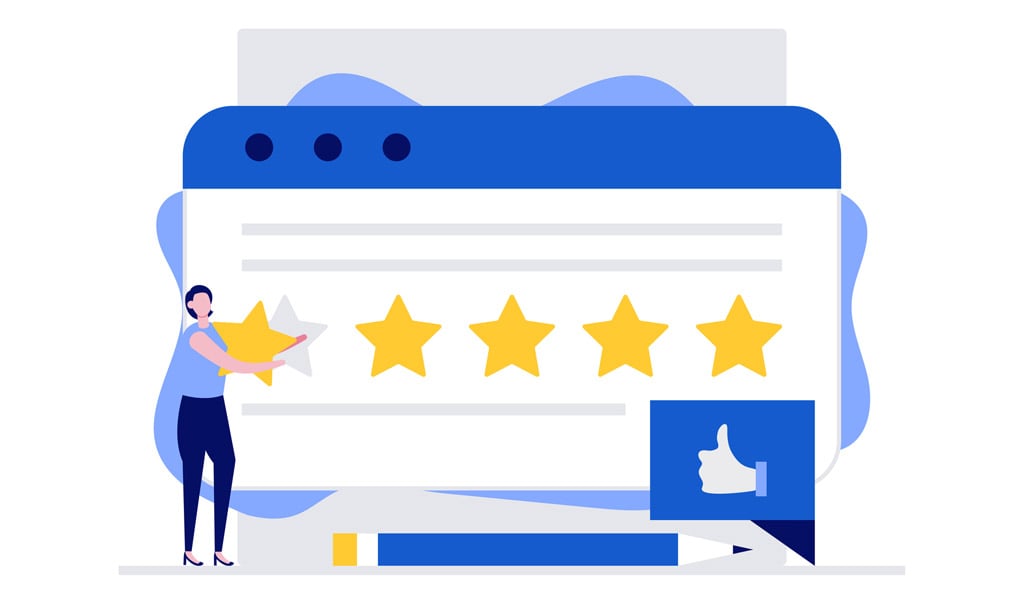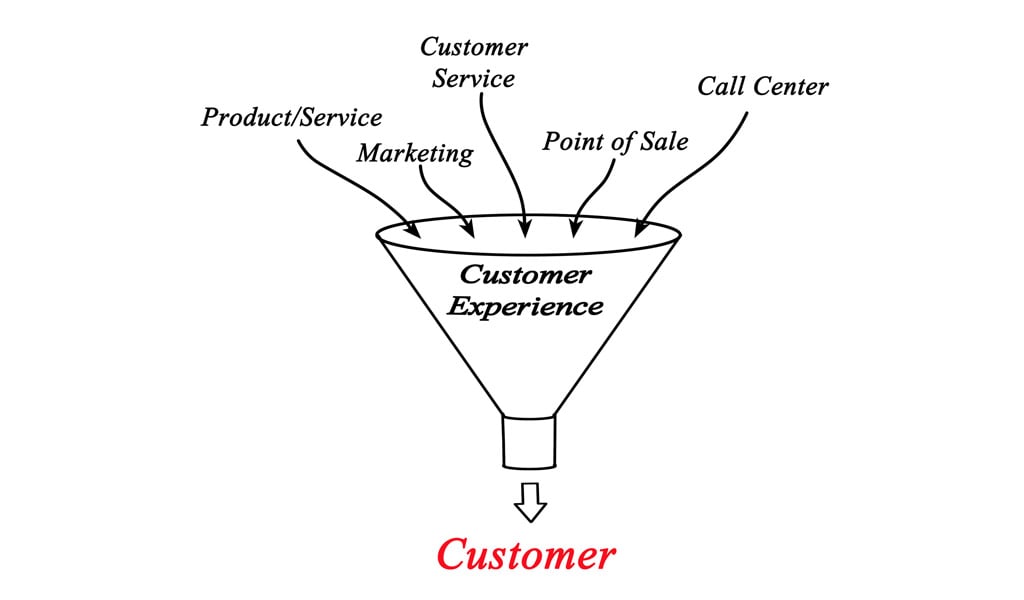
There’s perhaps no bigger buzzword in 2020 than “Customer Experience”. However, the same could be said for 2018, and 2019 too! Customer experience has been the top focus for most businesses for the last several years, and with good reason. Today, we live in a world powered by customer experiences. Excellent customer experiences drive the success or failure of companies, and for this reason, customer experience is everything. There’s no industry in which customer experiences aren’t important. We often hear about customer experience concerning B2C companies, but it’s an equally important focus for B2B SaaS companies too. That’s why today we’re going to discuss the 6 customer experience trends that will drive growth for your B2B SaaS company. Let’s take a look.
Why Customer Experience Is Crucial for B2B SaaS Companies
According to one study, over 80% of B2B buyers now expect the same buying experience as B2C customers. Gone are the days where B2B and B2C were seen as two entirely separate ways of doing business, complete with separate goals and expectations. The truth is, the B2C world largely sets buyer expectations. Out in the real world, we’re all customers. We’re all patrons of countless businesses as we move through our daily lives buying groceries, gas, clothes, meals out, TVs, and so on. The experiences we have with these customers shape our expectations, and we carry these expectations with us into our work environments where B2B interactions happen.
Sometimes it seems that B2B vendors forget that corporate purchasing decisions are made by human beings and not some mythical corporate entity. When you’re selling to human beings, you have to focus on the current buying trends and expectations that these people have. Corporate buyers, like any other customer, want quick, convenient, easy purchases, and personalized experiences. However, you might fail to see this by looking at some B2B websites. Often B2B websites lack the efficient, intelligent, and personalized service that customers are accustomed to on consumer websites. It’s almost like some B2B companies haven’t yet reached the digital age and are lagging a few years, or even a few decades, behind the consumer world. One way to combat this is to follow the current trends.
1. Better Omnichannel Experiences Mean More Sales
According to a report by Forrester, nearly 15% of US B2B sales are expected to be done using digital channels by 2021. This accounts for a 15% increase in 5 years!
This trend seems to indicate that digital platforms are quickly replacing traditional methods of selling like over-the-phone, and in-person selling. But does going digital improve sales? Yes, it looks like it does.
Digital platforms offer an additional way for B2B buyers to engage with your services in a way that best suits them. They can engage with your products in their own time. B2B purchasing decisions are often made by several key people within the business. This is one key area where B2B sales differ from B2C sales. While consumers might decide to buy a product on a whim because they like the price, or they just want to give it a try, this doesn’t tend to happen with B2B purchasing decisions. Often the decision has to be made by several people, and these people all have different considerations, concerns, and preferences. This is one of the reasons by offering a broader range of channels that can really work in your favor. One study found that by converting a single-channel customer into an omnichannel customer increased the buyer’s average spend by 21%. Variety pays, and omnichannel pays.
We’re also seeing a more omnichannel approach when it comes to communication. The number of communication channels in B2B environments is expanding, and we expect this to continue. We expect to see more widespread adoption of communication channels such as Facebook Messenger, SMS, WhatsApp, Telegram, and others.

2. It’s Time to Automate
We’ve seen an increase in automation solutions in the B2B and this is set to be a key area of growth over the next few years. Here are some of the areas B2B companies are focusing on when it comes to automation:
Marketing Automation
The marketing lifecycle contains 4 key stages; Attract, Engage, Sell, and Wow. If your company is spending too much time on any one part of the process, then the other areas will suffer. So, how does automation help with this? At its core, automation is about increasing efficiency and freeing up time for employees to focus on other tasks. If a human doesn’t need to do it, then they shouldn’t be doing it.
For attracting new customers, you can automate the process of sending the initial email. You can have a form on your platform that allows you to fill in a few key details about a prospect/company that has engaged with and a carefully crafted email can be instantly sent to them. This is a simple example, but if you’re creative enough then the possibilities are endless.
When it comes to generating leads, you might want to focus on how to automate the distribution of your lead materials like checklists, webinars, competitions, eBooks, blog posts, and so on.
Customer Service
Human connections are always going to be crucial in the B2B world, and more so than in the B2C, but this doesn’t mean you can ignore customer service automation. There is a place for live chat and chatbots in the B2B world. Businesses get busy, and sometimes your customers are simply too busy to pick up the phone to ask a simple question. In a situation like this live chat can be very effective. The customer can fire off a question and check back later to see the response. You can have an open line of communication with the customer that doesn’t have to end abruptly like it would on a phone call. Self-service can be equally effective if you find that your B2B customers have common questions that have a simple answer.
The key to getting automation right in the B2B world is being careful and deliberate in your approach. What does this mean?
- A human agent must ALWAYS be available as an alternative. You shouldn’t encourage or push your customers to use other channels if they don’t want to. They are there to broaden the customer experience, not limit it.
- Don’t use too many canned replies. B2B buyers are often spending a lot of money with your company they can feel insulted by canned replies. To combat this, canned replies should only be used in acknowledgement of receiving a message and should let the buyer know that an agent will be in touch soon.
3. Personalized Customer Experiences and Segmented Customer Needs
The best way to provide personalized experiences to your B2B customers is to create customer segments. By understanding the needs, motivations, and behavior patterns of your buyers, you’ll have a better idea of how to engage with them in the future. By creating customer segments, you can identify key patterns between the types of buyers you have and develop a strategy to most effectively approach these buyers.
You can create personalized experiences for the types of content you give to customers (which businesses receive which blog posts, vlogs, PDFs, surveys, and so on). You can also personalize experiences by changing billing and buying options for customers based on their needs.
4. Voice of The Customer (VoC)
VoC refers to the feedback you get from customers about their specific experiences with your company and their expectations for the future. B2C companies have been focusing on the Voice of The Customer for many years now, sending out customer surveys and gathering vast amounts of user behavioral data that can help the company form a true picture of how the customer really feels. B2B companies have been lagging behind in this area, but things are starting to change in a big way.
Today, B2B companies are focusing more heavily on VoC by dedicating time to gathering customer insights and conducting data analysis. If B2B companies want to set themselves apart from the competition and get more in-line with how B2C digital powerhouses do business, then understanding the VoC is a must.

5. Become Customer Obsessed
Improving your customer experience strategy is a marathon, not a race. It’s about taking deliberate and consistent action every step of the way, and in every area of your business, so you become a customer-centric company. You can’t boost your customer experience stats by only focusing on just tweaking customer-facing services, it starts much deeper than this. One study found that almost 8-% of employees in leading CX companies are highly engaged, compared with 49% in companies with below-average CX.
This means you need to take a holistic approach to becoming customer obsessed. If you want to improve customer experiences, then you need to improve employee experiences too. Don’t leave anything to chance, every decision you make requires thorough planning and team collaboration.
6. Work on Your Communication Style and Develop a Communication Plan
If you don’t already know what your communication style is, then it’s time to develop one. Person to person interactions are the lifeblood of B2B sales, so it should come as no surprise that how you communicate is key to your success. You already know this, of course, but there’s always room for improvement.
Many B2B companies fall into patterns of working and styles of communication that develop over time. Sometimes it’s the longstanding employees who dictate this culture and communication style and everyone else has to follow suit. However, today we’re seeing more and more companies go back to the drawing broad to take a closer look at how they communicate. Just because it’s working, doesn’t mean you can’t improve. If you do improve your communication style, you can attract more leads and make more sales. Have a thing about the voice you want to portray to your customers. If your company was a person, how would you want them to be described? Questions like these can help you start to think deliberately about the type of language you want to use and how you can tailor your communication to craft the right emotions in your customers.
Planning your communication is also key. Remember that at a B2B company, you’re communicating both company-to-company and also person-to-person. You have to be effective at both meeting the wider needs of the company while also deepening connections with the individuals who make the decisions. You can do this by always conveying an interest in your customers, conducting follow-ups, actively listening, using concise and clear explanations, and always being responsive.